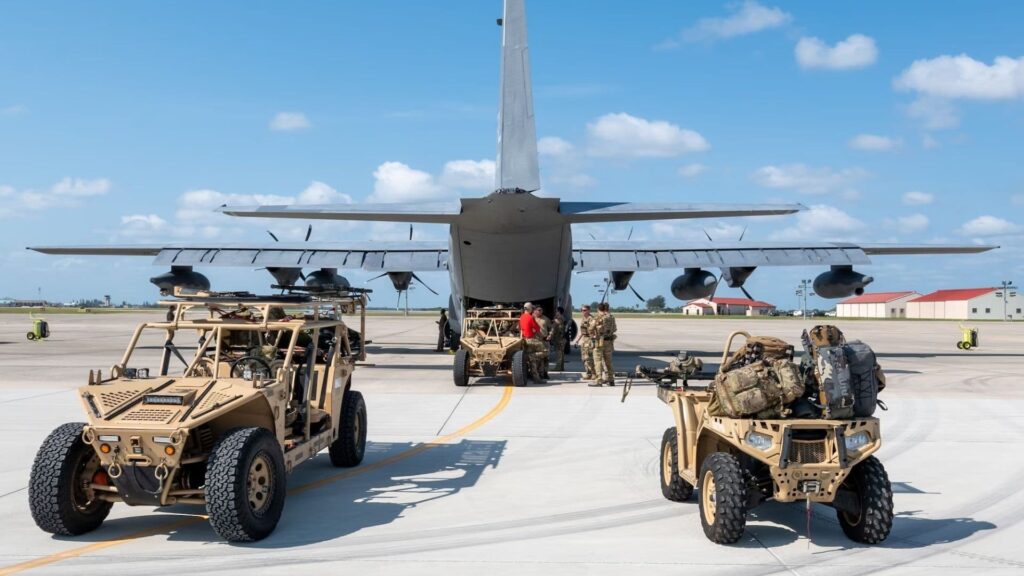In the army, RAPIDS is a system that verifies military members and their dependents for base access. The system operates through a network of microcomputer workstations located on Uniformed Services personnel offices and other selected locations worldwide.
RAPIDS workstations obtain DEERS data via a network of host computers to facilitate the verification of military membership and ID card holders for purposes of issuance, updating and renewing DD Form 1172, and for other identification needs. RAPIDS is also used to pre-fill DD Forms 1172 during the enrollment of newborns and to pre-populate DSPEER and ID Card Update screens for sponsor and spouse.
The RAPIDS Appointment Scheduler allows military members, retirees, and dependents to find a local ID Card office and make an appointment. Using this tool is the best way to ensure you’re properly prepared to visit a RAPIDS site for your ID card issuance or renewal.
Getting a military ID is fairly simple if you’re active duty and on base. Just go to your base’s Personnel Service Center or Pass & ID center during normal office hours with 2 forms of identification, and you can usually get your new military ID card within the hour. However, the process is a bit more complicated if you’re not on base or are a DOD civilian who needs an ID. The first step is to verify your eligibility in the Defense Enrollment Eligibility Reporting System (DEERS). This can be done at a RAPIDS site.
What is DEERS?
The Defense Enrollment Eligibility Reporting System is a computerized database for United States service members, military retirees, 100% VA disabled veterans, their family members, and DoD active contractors worldwide who are eligible to access the Department of Defense Public Key Infrastructure and TRICARE. The information in DEERS is used to determine eligibility for many privileges and benefits.
A person’s identity within the DEERS system is established through unambiguous primary identifiers so that information systems and software can process them without human intervention or artificial intelligence. These identifiers are matched to secondary identifiers (such as date of birth, gender, name, and SSN) that are also unambiguous to identify the person in the DEERS database.
A person may be associated with more than one sponsor in the DEERS system at any given time; these associations are referred to as simultaneous association. A person’s entitlement period within a particular delivery program may also change if the person’s sponsorship status changes, such as when an individual moves from being a sponsor to a family member. This is referred to as transitional eligibility. These changes can affect the amount of premiums paid or the level of health coverage received. This is why updating DEERS when a person’s status or eligibility changes is important.

RAPIDS and DEERS?
The RAPIDS system is a network of microcomputer workstations located in ID card-producing sites that obtain DEERS eligibility data to verify identity issue DD Form 1172s and Uniformed Services ID cards. RAPIDS is used by the Army, Navy, Marine Corps, Air Force, Coast Guard, and their respective Reserve and National Guard components. The program provides sponsors and eligible dependents with a valid DoD identification card that authorizes access to military facilities.
New born children must have a birth certificate and social security number to be entered into RAPIDS. If a sponsor cannot present their own social security card, they must bring in a letter from the social security office stating they are entitled to have a dependent entry on their record. This is only allowed for a limited time, and the dependent will have to be re-entered into DEERS when the sponsor has a valid social security card.
If a DEERS/RAPIDS card or CAC is lost, destroyed, or misplaced, it is the responsibility of the site to contact DMDC, along with Telos, the hardware vendor, to send back the parts. It is also the responsibility of each site to ensure all upgrades are properly set up and arranged in accordance with their local sites policies. Any activity to include relocating RAPIDS/CAC equipment, must be coordinated with the Service Project Officer and approved by DMDC.

